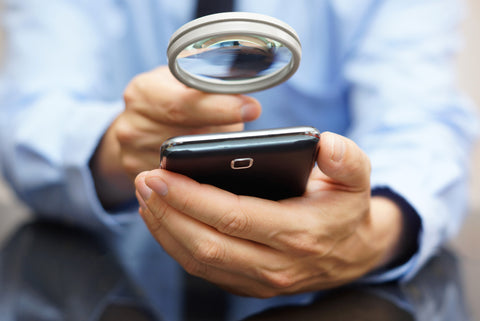
ATTENTION all iPhone users: Apple cleverly tried to conceal a radiation warning in their iPhone manual! Find out exactly what they thought you would never find!

The CTIA (Wireless Association) has been trying to hide the fact that your mobile phone can exceed the limit for radio frequency guidelines if used too close to the body. See more about the information they don’t want you to know!

SAR ratings roughly tell us how much radiation is emitted from our mobile devices, but how relevant are these ratings really?
How should you be using your mobile phone to reduce radiation intake? Learn the dos and don’ts to minimize radiation from your mobile phone!


In roughly 40% of infertility cases, the cause of the infertility lies with the male partner. Infertility is a problem that affects 1 in 25 men. Are you one of them? Learn more about the infertility testing procedure!

Did you know your mobile phone is continually emitting radiation even when it’s just sitting in your pocket? How much radiation does your phone emit? Learn more about safety regulations regarding radiation limits and how safe your phone really is!

What are your options? Infertility is a common problem that affects 1 in 25 men. Learn more about treatments for infertility!
If a couple has failed to achieve pregnancy after a year of unprotected intercourse, both the man and woman should be evaluated. While female infertility may be hinted at by irregular periods, male infertility is not shown up by any specific symptom. Hormonal imbalances may sometimes be suspected if the man has abnormal hair growth, low libido or other signs of sexual dysfunction. But more often than not, male infertility is diagnosed after a sperm test that has been ordered when the couple are having problems conceiving.
The diagnostic process starts with a physical examination at which the doctor will also take a full medical history. The physical exam is often an uncomfortable experience as the doctor examines the penis, scrotum, testicles, anus and rectum. An orchidometer is used to measure testicular volume, which is closely associated with sperm and hormone levels.
